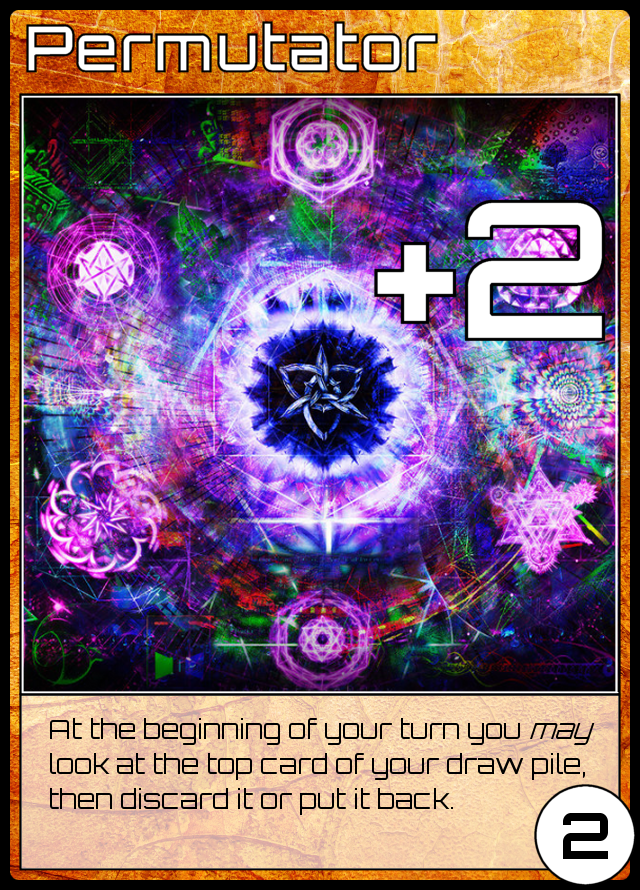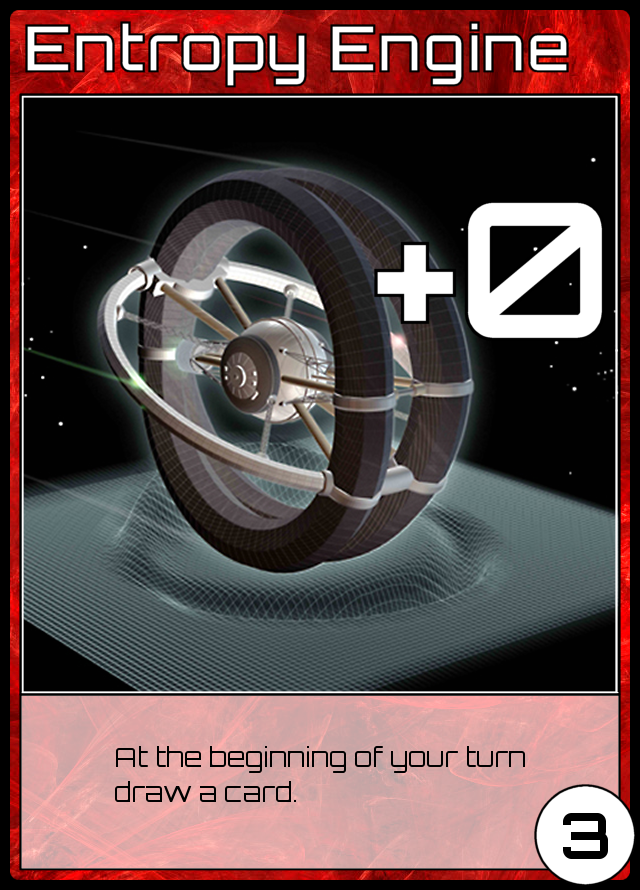This is a rough outline of things I do most games as support. If you are clueless about how to play support then following this will set you on the right path. After you do it a few times you'll start to work out what is going on, and should diverge off it as you see fit. This is for hard support, i.e. farm position 5.
Farm priority is a system to designate who gets farm when more than one player is in the same place.
Each player has a number: the lowest number gets the farm. So 1 is the hard carry in the
safe lane, 2 is mid, 3 is the offlane or jungle, 4 and 5 are typically
supports. The 4 saves up and gets Mek, while the 5 buys wards.
Start items I buy for practically every support hero is: Courier, Wards, Tango, Salve, Clarity.
Saturday, 15 March 2014
Wednesday, 29 January 2014
Dota 2 - OCD Item Slots (or How To Stop Forgetting Where Your Dust Is)
Following a discussion on reddit, and a missed kill last night, this is just a short post on how I arrange my inventory. The exact positions are set based on where the hotkey for that slot is; some keys are easier/faster to push than others, so which slot is used for each thing can vary by player based on their fingers and preference, but the point of the post is not which individual slots are used; rather, it is to advocate keeping things consistent so that when you need to use something in a hurry you can do so instinctively, rather than having to think about it and possibly losing your opportunity.
Saturday, 2 November 2013
Progenitor revision 2013.11.03 changelog
Progenitor changelog 2013.11.03
Nerfs/buffs:
Nerfs/buffs:
| Adaptive Shielding | Decreased Energy from +0 to -1. |
| Atom Reclaimer | Decreased Energy Requirement from 3 to 2. |
| Charibdis | Now only lets you destroy cards owned by the player with the most Energy. |
Saturday, 5 October 2013
Grand Theft Auto V - Loading Screens
These are all the images that slideshow past as you wait for the game to load. Anomalies detected...
In summation:
In summation:
| Characters | in loadscreens | that appear in game | who are playable |
| Male | 6 | 6 | 3 |
| Female | 3 | 0 | 0 |
| Canine | 1 | 1 | 0 |
| Total | 10 | 7 | 3 |
Monday, 23 September 2013
Progenitor - Tempo: Purging & Turnover
In the last couple of posts I've discussed some key mechanics of Progenitor, and how gaining cards affects tempo. Here I'll put the two together, analysing the tempo gains/losses of a purge and a turnover. First up, let's look at purging.
When you purge you get to gain cards from the board, trigger any purge effects, then destroy all cards you have in play. Each of these steps can change your tempo, so working out the tempo change for a purge is probably the most convoluted calculation applicable to Progenitor.
First, you add up the tempo you get for any cards you gain, which is the Energy Requirement of each card plus one. Then add any tempo changes from purge effects. Finally, you destroy all cards you have in play, and thus subtract tempo for all the Energy and Primes you lose. It doesn't matter how a card leaves play, be it an opponent destroying them with a card effect or you purging, you still lose the tempo in exactly the same way. This would seem to imply that building up and purging is a massive waste of time, as almost all the tempo you gain with your plays will be lost again as soon as you purge, but the purge is letting you gain cards from the board, and it's this gain of cards which is the overall tempo increase you are scoring.
Let's look at the example I used before, where you have 2 Charge (0ER, +1, [starting deck is made of these]) cards and a Supply Shuttle (1ER, +1, +1 Prime) in play, giving you a total of 3 Energy and 2 Primes. When you purge in this sitation you have four different options as to what you take from the board. You may gain:
When you purge you get to gain cards from the board, trigger any purge effects, then destroy all cards you have in play. Each of these steps can change your tempo, so working out the tempo change for a purge is probably the most convoluted calculation applicable to Progenitor.
First, you add up the tempo you get for any cards you gain, which is the Energy Requirement of each card plus one. Then add any tempo changes from purge effects. Finally, you destroy all cards you have in play, and thus subtract tempo for all the Energy and Primes you lose. It doesn't matter how a card leaves play, be it an opponent destroying them with a card effect or you purging, you still lose the tempo in exactly the same way. This would seem to imply that building up and purging is a massive waste of time, as almost all the tempo you gain with your plays will be lost again as soon as you purge, but the purge is letting you gain cards from the board, and it's this gain of cards which is the overall tempo increase you are scoring.
![Charge 0ER, +1, [starting deck is made of these]](http://www.onelivesleft.com/cardgame/cards/Charge.png) |
 |
Thursday, 19 September 2013
Progenitor - Tempo: Gaining & Losing Cards
Up until now tempo has dealt purely with cards as they enter and leave play. A card which gives you +2 Energy is worth 2 tempo while it's in play Destroying a card which would provides an opponent +1 Energy causes them to lose 1 tempo. But how is tempo affected by adding cards to our deck, or losing them from it?
When you gain a card you put it into your discard pile. If you gain it as part of a purge action then it is never in play: it goes straight from the board into your discard pile. It may appear that this has no effect on tempo at all. This is not the case!
When you gain a card you put it into your discard pile. If you gain it as part of a purge action then it is never in play: it goes straight from the board into your discard pile. It may appear that this has no effect on tempo at all. This is not the case!
Friday, 13 September 2013
Progenitor - Windows Of Opportunity
In games like Progenitor it's not uncommon for a player to get into a commanding position: a place of power which can make them seemingly unassailable. In Progenitor this manifests in two ways:
There are two key play mechanics in Progenitor aimed at redressing these advantages. That is not to say it removes them: after all, a player who has played well enough to get into a position of power deserves to be rewarded for it. They do, however, provide a couple of ways through, a couple of chinks in the armour that a canny player can take advantage of to pull a game back in their direction.
- Play Presence.
By having a lot of cards in play you can have a plethora of effects continually providing you with benefits. Defensive cards can stop any opponent from messing with you, while utility cards like Permutator (2ER, +2, At the beginning of your turn you may look at the top card of your draw pile, then discard it or put it back.) or Entropy Engine (3ER, +0, At the beginning of your turn draw a card) can give you extensive card draw or a way to lock-down / control your adversaries. - Hand Size.
Your hand is your materiel, your ammunition. The more cards you've got in hand the more options you have in your turn. Add to that the presence of defensive cards like Blink Drive (2ER, -1, You may play this card when an opponent targets you or your cards to nullify opponent's card, played: Draw a card) and a large hand of cards can give you a large psychological advantage, as well as the actual advantage of having lots of answers to your opponents plays.
|
|
 |
| Simply having this in your deck can deter opponents. |
Subscribe to:
Posts (Atom)














